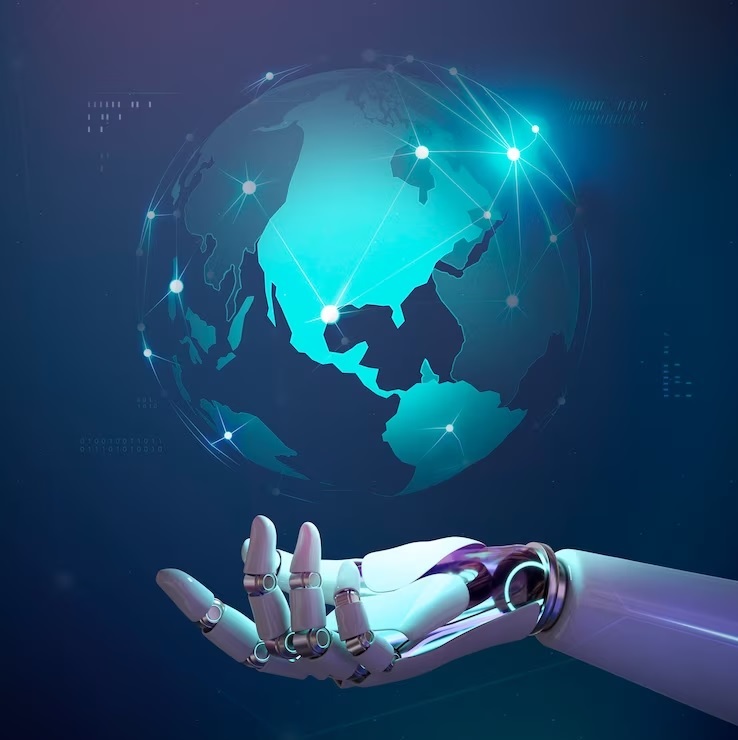The internet, as you know, has come a long way since it started its journey with web 1.0, the first-generation web technology. In the first two generations of web technology, HTML defines the layout and delivery of portals. But, in Web 3.0, HTML will indeed remain in the core layer. However, how this technology will connect to data sources and where those data sources are stored might change from previous generations of the web. Thanks to certain technologies used in Web 3.0. They will play a major role in deciding how the latest web technology is going to shape our lives in the future:
Key Technologies in Web 3.0:
Yes, you are right that web 3.0 is built on omnipresent characteristics and Artificial Intelligence. The main reason for the use of AI by web 3.0 technology is to offer end-users more relevant and quicker data.
A website that employs artificial intelligence should be in a position to sort through and offer the information that it trusts that a particular user will find helpful. However, as the results encompass websites that have been voted on by people, social bookmarking as a search engine can offer better outcomes as compared to search engines. On the other hand, humans can control these results. Artificial Intelligence might be used to differentiate between fraudulent and real outcomes. In turn, it will give outcomes that can be compared to social media and social bookmarking, however, without negative feedback.
The objective of the semantic web is to categorize and store data in such a way that a system can learn the meaning of specific data. In other words, a website should be in a position to comprehend the words used in search queries in a similar manner that would be done by a human. In turn, it can create and distribute better content. Apart from artificial intelligence, Web 3.0 depends on the following top 5 technologies:
Top 5 Technologies in Web 3.0:
- Blockchain: Blockchain technology is a key component of Web 3.0. It enables decentralization, transparency, and security. It does all these things by creating a tamper-proof digital ledger of transactions. These transactions can be distributed across a network of computers.
- Metaverse: the term “Metaverse” does not denote a single form of technology. The metaverse is a term used to describe a virtual world that exists in cyberspace, where users can interact with each other and participate in a variety of activities. It is essentially a collective virtual shared space that is created by the convergence of physical and virtual reality.
- Decentralized storage: Decentralized storage systems allow data to be stored across a network of nodes rather than a single centralized server. This makes web 3.0 more secure, as data is less vulnerable to hacking or loss.
- Smart contracts: Smart contracts are self-executing contracts that automatically enforce the rules and conditions specified within them. They use blockchain technology to create trust and transparency between parties, reducing the need for intermediaries.
- 3D Graphics: In Web 3.0, 3D graphics is a technology that will be widely used. It will help with the three-dimensional representation of data or information. Particularly, this technology will be employed in computer games, museum guides, geographical settings and eCommerce sites.
